Cyber Monday Discount 20%
Earmolds for hearing aids are a viable option for individuals experiencing hearing loss at high or low frequencies.
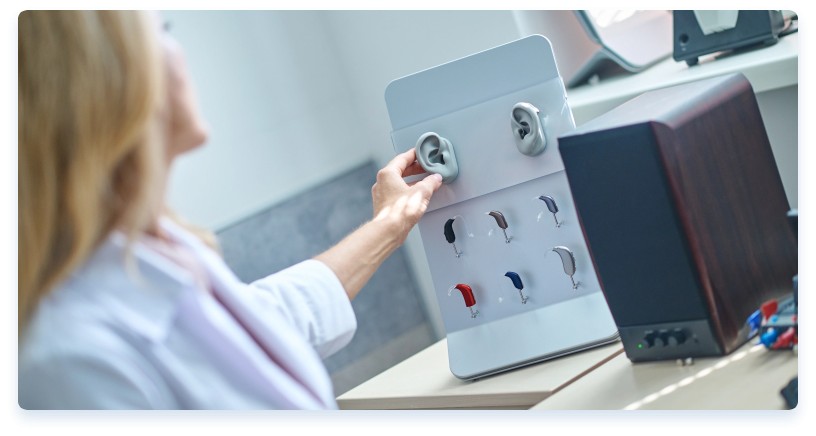
Human ears come in many shapes and sizes. Some are tucked, whereas others are protruding. Some are rigid, while others are flexible. Ears are as unique as fingerprints. Audiologists and individuals who wear hearing aids recognize that there’s no one-size-fits all device.
Responsible for one of the major five senses, ears play an important role in one’s life. Audiologists and individuals who wear hearing aids recognize that there’s no one-size-fits all device. Hence, custom-fit earmolds can make a huge difference in the success of wearing hearing aids.
Longmont Hearing and Tinnitus Center implements custom-fit earmolds designed to align with the unique shape of the ears, providing comfort and clear sound quality to hearing aid wearers.

The main purpose of earmolds is to conduct sound from a behind-the-ear (BTE) hearing aid into the ears. The crown of the molds helps prevent feedback and whistling by stopping any sounds that leave the device from entering it again.
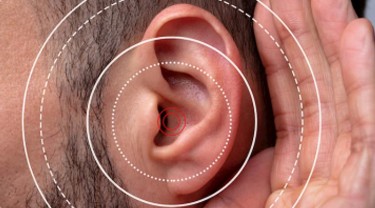
Earmolds are often used for patients with severe to profound hearing loss. Earmolds are considered to be indispensable because they can work with any hearing loss across the entire speech spectrum.
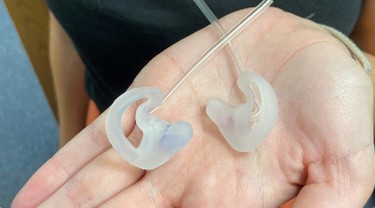
Earmolds are made of either silicone or plastic, and are custom-fit so they can sit perfectly in the ear canal. Earmolds have small vents that allow air to pass through, preventing a vacuum from forming inside the ears which could lead to unpleasant effects or discomfort.
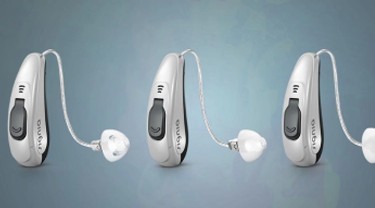
Domes are the most common ear mold type, fitting most people’s ears without any customization needed. These are the ideal choice if you’re looking for an inexpensive product that works well. Of course, custom-fit ear molds provide the best and most comfortable fit compared to any other ear mold on the market. Longmont Hearing and Tinnitus Center offers customization of earmolds for your hearing aids.
Domes are the most common coupling to a hearing aid and come in a variety of shapes and sizes. These work well for the majority of wearers, however, there are some instances in which a customized option is recommended.
– If domes are not comfortable or appropriate for a patient’s ear anatomy
– Patients with severe to profound hearing loss may require an earmold as it retains more sound in the ear canal
– If a patient experiences persistent feedback, a custom earmold may prevent sound from leaking from the ear canal
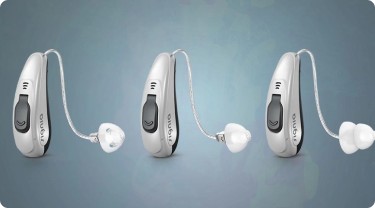
Most earmolds are made of the following materials:
It’s worth noting that some people need to test their compatibility with a certain earmold material to ensure that they don’t experience any allergic reactions. Before proceeding with the impression process, be sure to mention any known material allergies you may have to your audiologist.
Hearing aids may not give instant relief to hearing loss, especially when the device is not fitted or programmed correctly. When hearing aids alone can’t seem to address the hearing loss, earmolds may provide an adequate solution. Earmolds for hearing aids are a viable option for individuals experiencing hearing loss at high or low frequencies.
Earmolds can be customizable so they can work best for different types of hearing aids. To learn more about how earmolds can help with hearing loss, our audiologists at Longmont Hearing and Tinnitus Center can help.
There are also earmolds specifically designed for children. Pediatric ear molds are usually available in cute and vibrant colors to be more child-friendly.
Earmolds allow children to run and play without fear of their hearing aids falling off. As the child grows and their ears change, earmolds help to keep the device securely in the ear.
Longmont Hearing and Tinnitus Center specializes in pediatric hearing so if you need to get your child’s hearing evaluated, call us to schedule an appointment.
Earmolds are not just for hearing aid use. Custom earmolds can also work as hearing or sound protection to protect the ears from loud sounds at dangerous decibel levels. Hunters, musicians, car racers, and athletes use earmolds with an acoustical chamber that can block most noise while still allowing the wearer to hear and understand conversations.
On the other hand, swimmers use specialized earmolds designed to keep water out of the ear canals. Audiologists at Longmont Hearing and Tinnitus Center can help fit you with different types of earmolds depending on your needs, lifestyle, occupation or hobby.
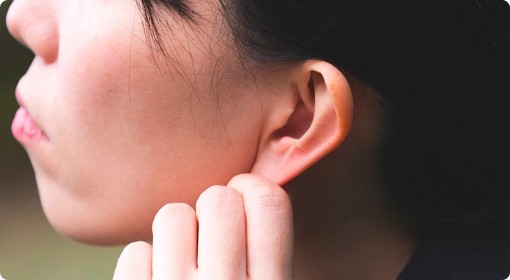
Hearing muffled voices while using earmolds is also known as occlusion effect. This concern can be managed by applying some hearing aid circuit changes.
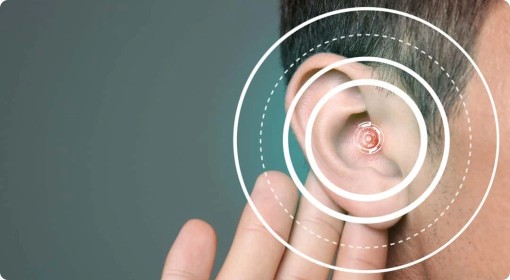
Hearing aids amplify any sounds that are near them, so if your own voice sounds too loud, the device may be providing too much amplification. When this happens, there could be an issue with the earmold venting. An audiologist should be able to correct this.
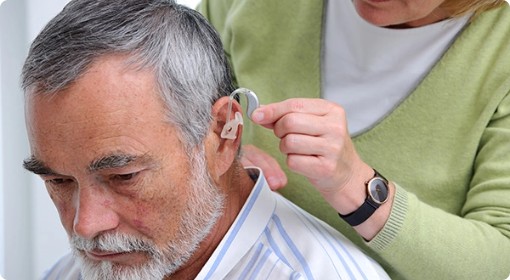
The fit of an earmold should be snug, to the point of being leak-free and air-tight. When sound leaks through the earmold, a high-pitched whine or whistle can manifest as feedback. Audiologists can adjust the fit of earmolds for hearing aids so you can experience feedback-free listening all day.
Airtight earmolds are easy to make and use, only needing a canal lock attachment. These ear molds can effectively stop feedback and keep sound isolated in the desired area of the ears.
Extremely loud external noise can be harmful to your ears and may increase your chances of getting tinnitus (ringing in one or both ears). Custom earmolds can protect your ears from harmful external noise.
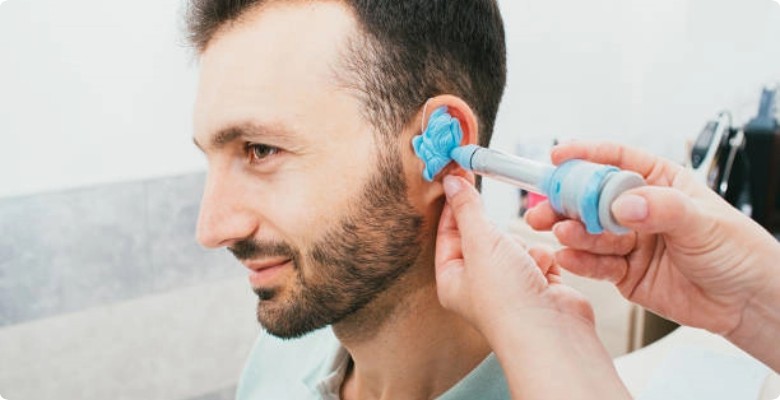
There’s no exact lifespan for earmolds but it’s important to know that over time, they will begin to either break down (disintegrate) or get very hard. However, proper care and maintenance of earmolds can increase how long they last. The lifespan of earmolds also depends on hygiene. Make sure to always clean them properly to avoid experiencing hearing aid issues or worse, ear infections.
Audiologists will use a soft compound to make an impression of your ear canal without blocking the outer ear or eardrum. Think of getting an earmold impression as a little bit similar to how dental impressions are done.
Hearing loss should not affect one’s quality of life. We want our patients to use hearing aids comfortably and efficiently. We want our patients to live life to the fullest, participating in conversations confidently without the fear of missing out. At Longmont Hearing and Tinnitus Center, we will work with you every step of the way to make sure that you are getting the best performance possible from your hearing device. We specialize in hearing loss and can customize earmolds for your hearing aids or hearing protection.